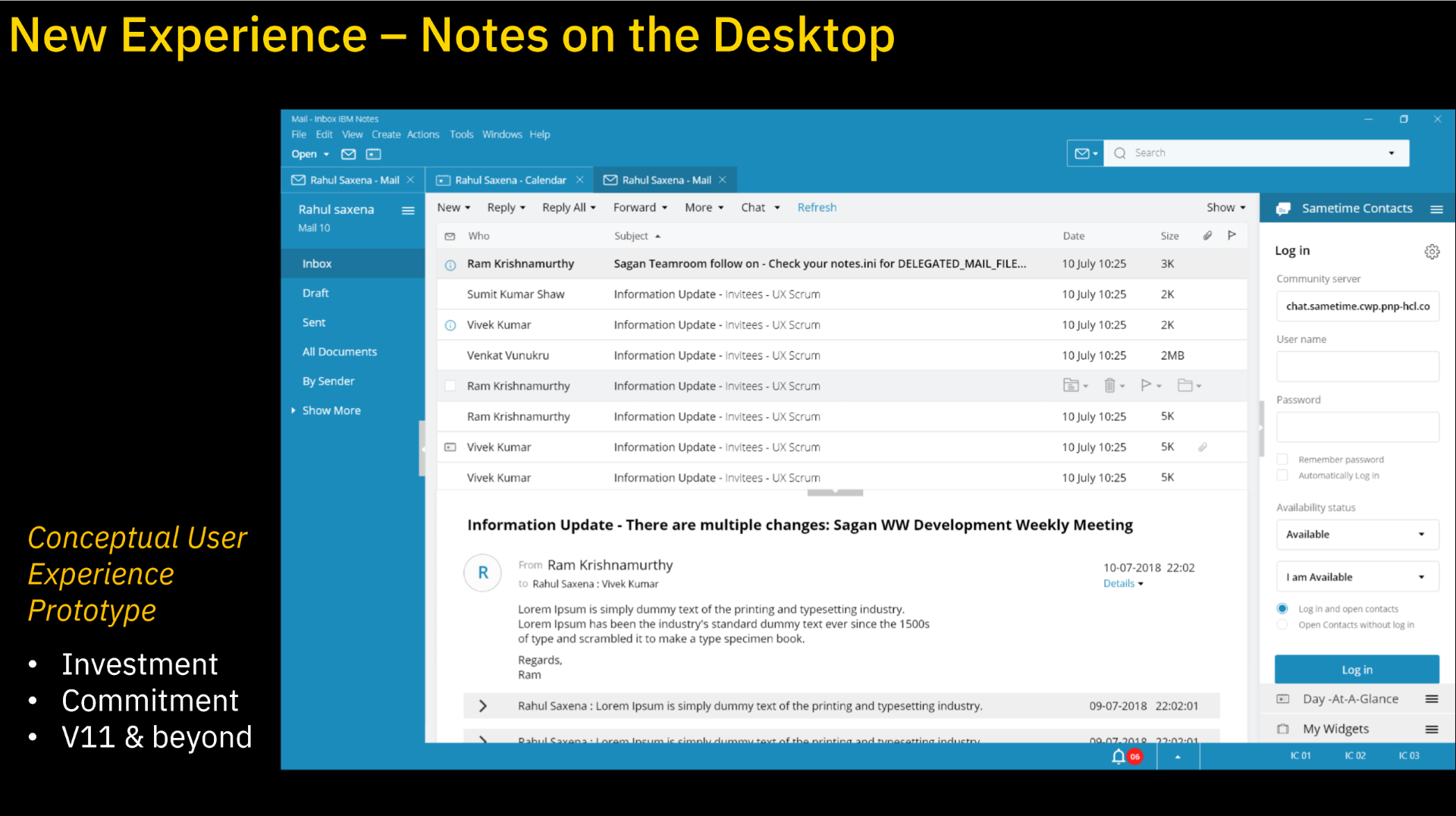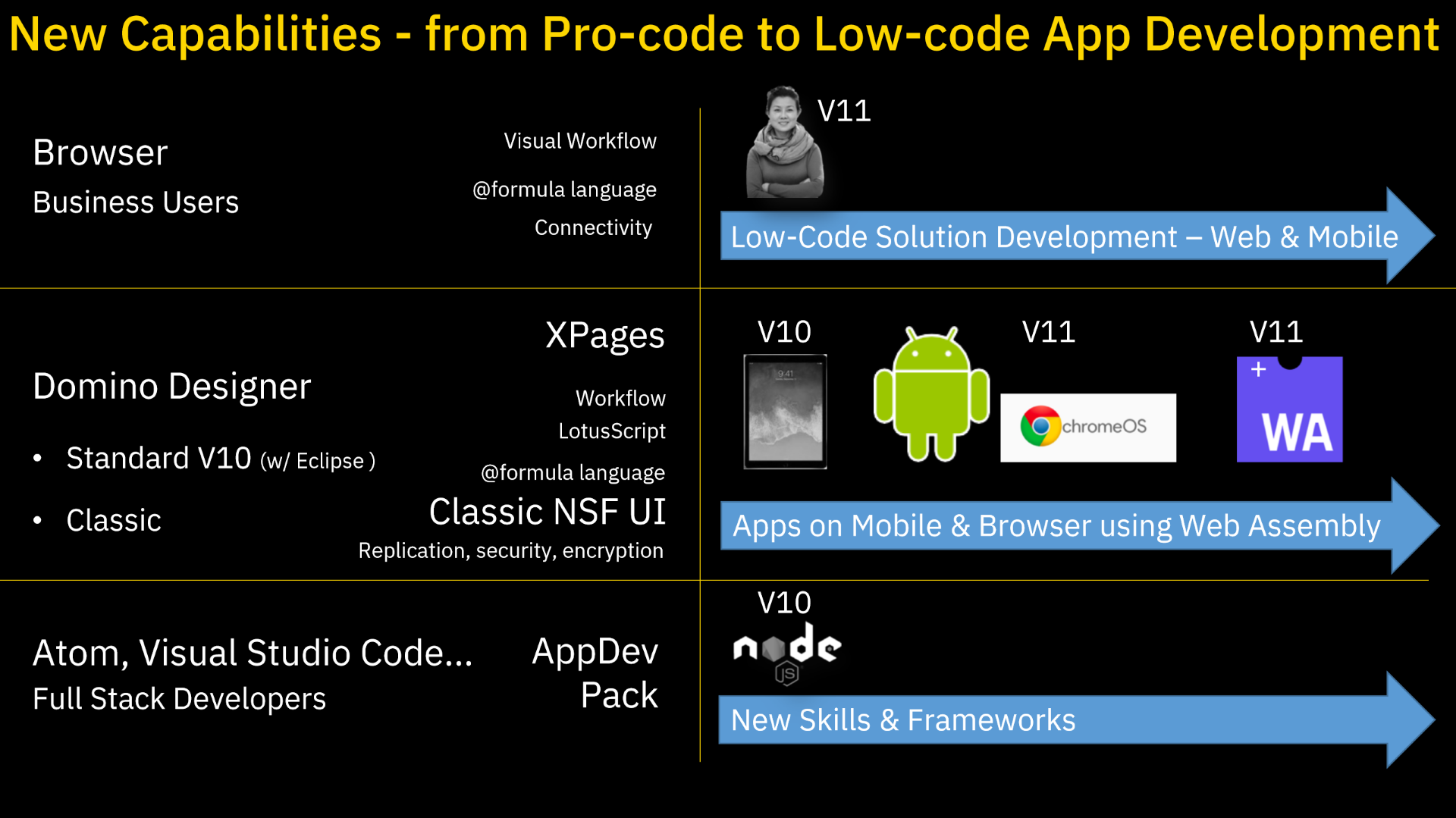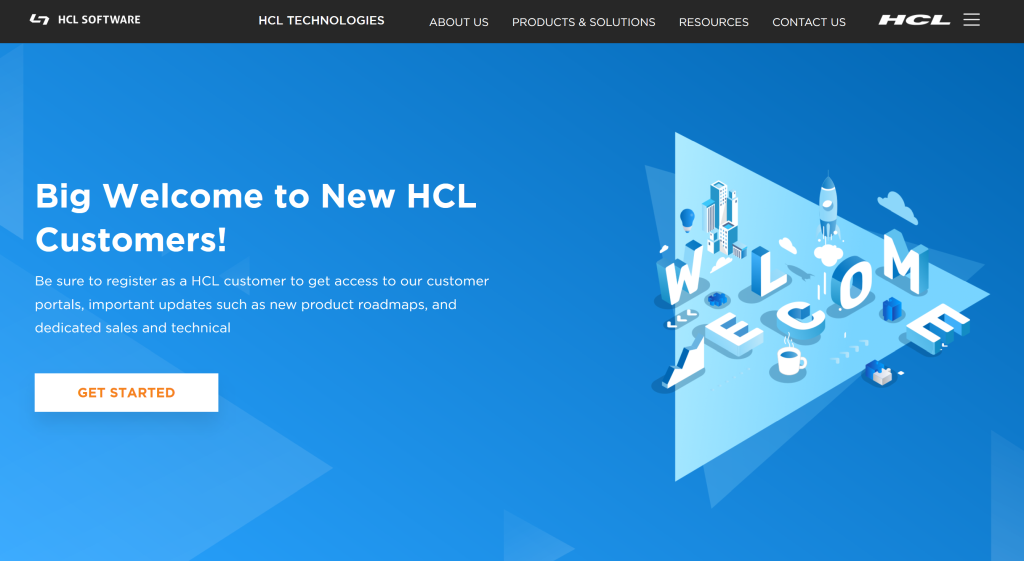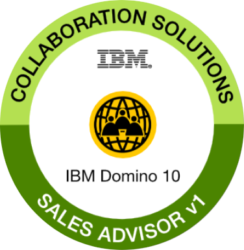It has now been just over four months since it was announced that HCL would purchase the IP (intellectual property) of Notes, Domino, Sametime, Connections, Verse, Traveler, and several other products from IBM.
When the announcement was made in 2017 that HCL would take over development and support of Notes and Domino, many IBM:ers with long experience of developing the products moved over to HCL. I talked to several of them back then, and also at the Factory Tour in July 2018. The excitement was amazing to see, it took me back to the days of Lotusphere in the early 2000’s. They were all very excited about the new opportunity to create new functions and expand/modernize the products. Very quickly the development of Domino 10 took off.
Another thing that impress me is how HCL seeks feedbacks from customers and business partners. Even as HCL is hiring on a large number of new developers, there are still limitations on what they can accomplish. It is very clear that they want to build a product for the customers, and they need to know where to focus their development efforts. HCL and IBM held a number of jams during the first half of 2018, both online and physically around the world, where customers and business partners could give feedback on functionality and priorities.
On October 10, 2018 Domino 10 was released, with many of the improvements requested implemented. Some additional functions, like the support for node.js, were released a few months later. I think the decision not to rush out everything is the right one. As a developer, I want all the functions right now, or even better yesterday. But at the same time, I want it to work properly. HCL has done a good job at balancing this, at least this far. I want HCL to continue working this way.
 The development of Notes and Domino 11 has already started. As a matter of fact, HCL started working on that version even before Domino 10 was released. Several Domino 11 jams have been taking place already, withmore to come. Version 11 will focus on the client, while version 10 had the focus on the server and development functionality. But we developers have things to look forward to in Notes 11 as well.
The development of Notes and Domino 11 has already started. As a matter of fact, HCL started working on that version even before Domino 10 was released. Several Domino 11 jams have been taking place already, withmore to come. Version 11 will focus on the client, while version 10 had the focus on the server and development functionality. But we developers have things to look forward to in Notes 11 as well.
One of the items IBM and HCL have been talking about is low-code/no-code rapid development. This is something that we are promised to be available in Domino 11, as a browser-based development environment. It would bring the power of Notes and Domino development back to the “citizen developers”, allowing regular business users to be able to build custom applications/solution without writing any code. This used to be a strength of Notes in earlier versions, but in the late 1990’s IBM moved the development functions from the regular Notes client into a separate IDE, Domino Designer. This took away the ability for regular users to build their own solution, and made them have to rely on the IT department or dedicated developers to build applications. Bringing this back would give a new generation of users access to this powerful platform.
 I think it is very important that the new low-code development functionality work seamlessly with traditional Domino development, like HCL is aiming for. Imagine a user in the accounting department who comes up with an ide for an application that would improve their efficiency. The user begins to build a simple application using the Domino low-code/no-code environment. Perhaps a form or two, some simple views and a simple workflow. The development is done in a sectioned off part of the server, as the regular users don’t have access to create database/applications in the general Domino data location. Data is then loaded though an import from an Excel spreadsheet,
I think it is very important that the new low-code development functionality work seamlessly with traditional Domino development, like HCL is aiming for. Imagine a user in the accounting department who comes up with an ide for an application that would improve their efficiency. The user begins to build a simple application using the Domino low-code/no-code environment. Perhaps a form or two, some simple views and a simple workflow. The development is done in a sectioned off part of the server, as the regular users don’t have access to create database/applications in the general Domino data location. Data is then loaded though an import from an Excel spreadsheet,
When the first iteration of the application is done, the user shows the result to the CFO, who loves it. But there are a couple of functions that would be nice to have, like integration with another, existing Domino application. This is something that the IT department and their developers need to handle. So the application is handed over to them. IT takes a look at the application, and either leaves it in the end-user area on the server or move it over to the general data storage. The assigned developer then opens up Domino Designer or perhaps even Visual Studio Code, and add the code needed. The developer only spends a fraction of the development time previously needed, as the end user already built much of the infrastructure of the application. Another benefit is that the developer does not need to collect requirements for how the full application needs to work, only the small part they are modifying/adding.
The application is updated, and the users can start using it. The IT manager is happy, as the developer only spent an hour or two on the project instead of a couple of days, and can now be moved on to the next project. The CFO and end-users are happy because they got their application built quickly, without having to wait for IT to get the bandwidth to develop a complete application, and they can improve their efficiency and get more done quicker.
If HCL can deliver a low-code/no-code solution like this, perhaps with data storage not only in Domino .NSF files but also with connections to other data stores like perhaps SQL and Mongo DB, this could be an amazing collaborative development platform, where end-users and professional developers work together on improving the application landscape of their company.
I can’t wait to see what HCL delivers later this year!



 HCL Software today launched a
HCL Software today launched a  The development of Notes and Domino 11 has already started. As a matter of fact, HCL started working on that version even before Domino 10 was released. Several Domino 11 jams have been taking place already, withmore to come. Version 11 will focus on the client, while version 10 had the focus on the server and development functionality. But we developers have things to look forward to in Notes 11 as well.
The development of Notes and Domino 11 has already started. As a matter of fact, HCL started working on that version even before Domino 10 was released. Several Domino 11 jams have been taking place already, withmore to come. Version 11 will focus on the client, while version 10 had the focus on the server and development functionality. But we developers have things to look forward to in Notes 11 as well. I think it is very important that the new low-code development functionality work seamlessly with traditional Domino development, like HCL is aiming for. Imagine a user in the accounting department who comes up with an ide for an application that would improve their efficiency. The user begins to build a simple application using the Domino low-code/no-code environment. P
I think it is very important that the new low-code development functionality work seamlessly with traditional Domino development, like HCL is aiming for. Imagine a user in the accounting department who comes up with an ide for an application that would improve their efficiency. The user begins to build a simple application using the Domino low-code/no-code environment. P